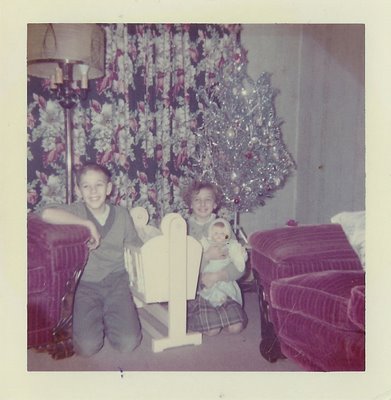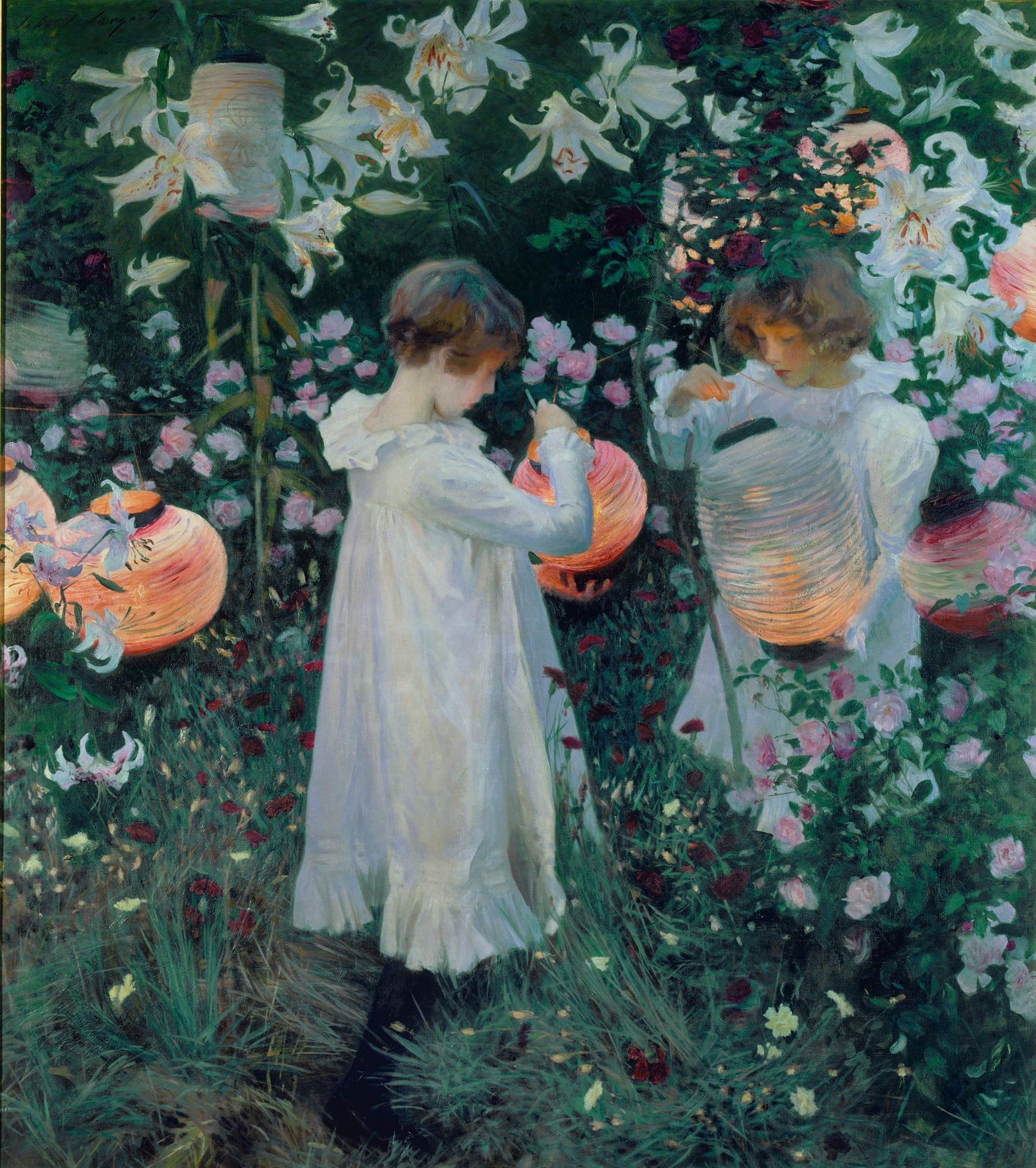DOULER
SOUFFRANCE
INOUBLIABLE
Breathe.
A young woman suddenly bumps into me and quickly walks past without a second glance. She has already forgotten the incident. I, however, have not.
Breathe.
We’re okay.
Breathe.
We have to be strong.
Breathe.
We will get though it.
9/11: the streets of Manhattan froze in smoke. The day was beyond disaster. “This is an attack on all of humanity.”
11/13: Paris. Shots. Seven locations. Hundreds of people. Wounded; crying; dead. “This is an attack on all of humanity.”
One month later we still face the pain and horror of the night that never ended.
One month later and we are still wondering how this happened. How are we the ones still standing while so many of our loved one are dead.
One month later and we still see their broken bodies, their empty eyes, their blank faces.
One month later and we are still wondering how we can ever escape or feel safe again.
One month later and we still have not found a way to live without this pain.
Where are the other survivors?
WAIT.
Who is to blame?
Who else is out there?
Who is on my side?
STOP.
It’s negativity that prevents us from moving forward.
It’s fear that keeps us from living.
It’s hatred that drives us apart.
STAND.
We must fight together as one.
We must live without holding back.
We must remember the past, embrace the present, and face forward to the future.
LOOK.
Everyone is mourning.
Everyone is giving their hands.
Everyone is holding each other.
WATCH.
The world is a bright place.
The world is not defined by bad people.
The world is full of good.
LISTEN.
Take this as a lesson.
Take the grief and turn it into action.
Take your tears and water the earth below. Grow from the ground up. Don’t dig up the past.
One world; one people; one life. It all matters.
“They would win if we didn’t go about our lives the way we used to.”
…
“Faced with terror, France must be strong. She must be great. We will be.”
…
“You will never defeat us. We are too strong.”
…
Think about it and you be surprised by what you realize:
One month later we are stronger than ever.
One month later we are connected in history.
One month later the streets are no longer covered in blood, but in flowers and letters of love.
One month later we are trying to make a difference.
One month later we can still smile, and that’s how life goes on.
All eyes on Paris.
By: Emily Weiss, Keti Tsotskolauri, Zuzanna Osiecka, Borys Shturman, Sabrina Yu, Jana Abumusallam






 ment of colored lights. Meant to depict the bacteria that can be found in natural settings, these lights bring a strangely alluring feeling to the room even though they represent something much less appealing to the mind. I’m sure this will be a big attraction. It is probably the easiest piece of work on the eye in the entire exhibit.
ment of colored lights. Meant to depict the bacteria that can be found in natural settings, these lights bring a strangely alluring feeling to the room even though they represent something much less appealing to the mind. I’m sure this will be a big attraction. It is probably the easiest piece of work on the eye in the entire exhibit.












Recent Comments